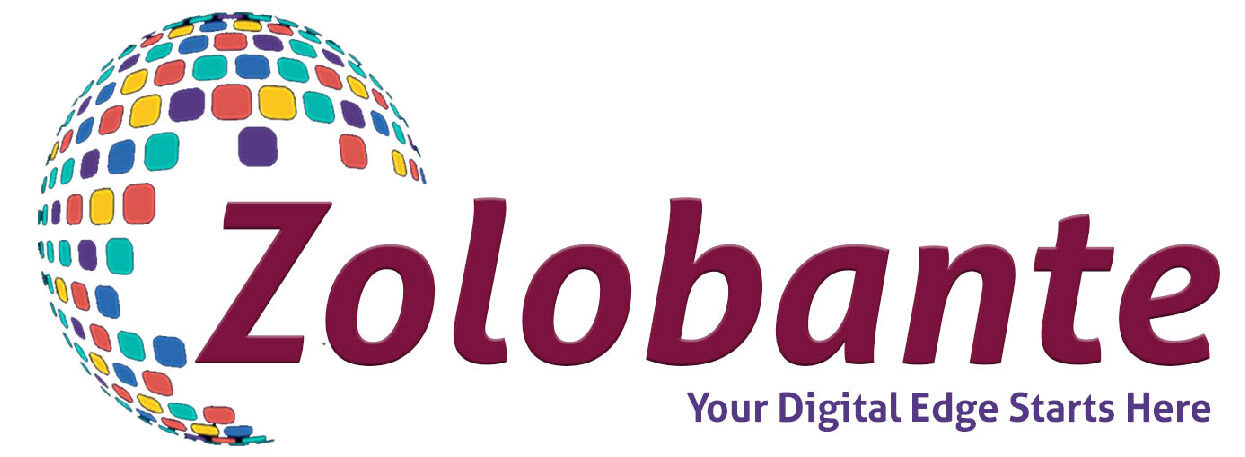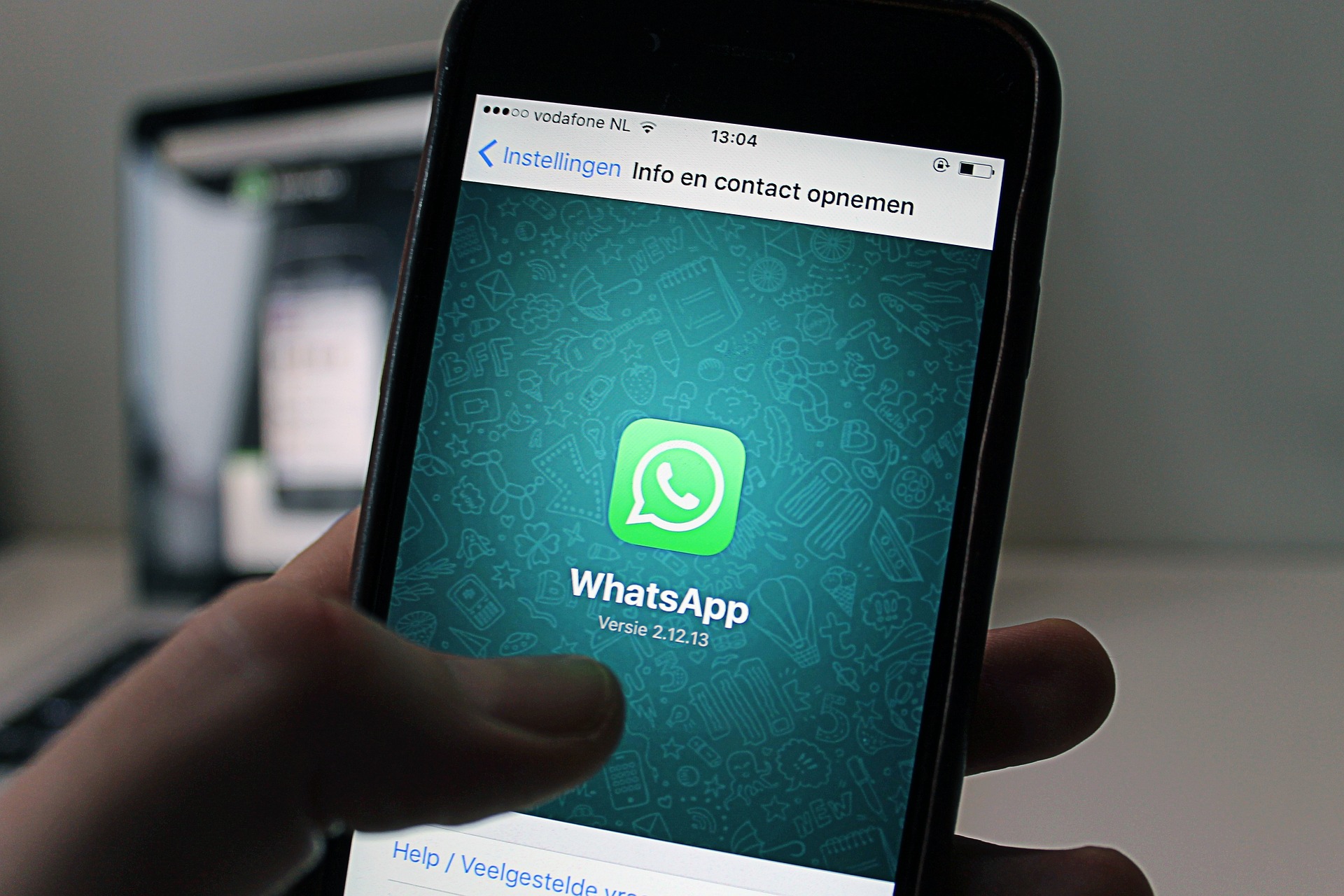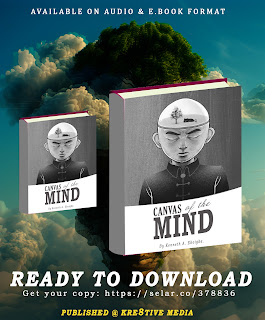Since its launch in 2017, WhatsApp Status has become an integral feature of digital communication. Like Instagram Stories or Facebook Stories, it allows users to share text, photos, videos, and GIFs that disappear after 24 hours. While seemingly simple and fun, WhatsApp Status’s implications stretch across social, psychological, privacy, and business dimensions. This article explores these impacts and what they mean for individuals and organizations alike.
1. Social and Psychological Implications
WhatsApp Status acts as a digital bulletin board, where users post life updates, inspirational quotes, or personal moments. This fosters a sense of connection, especially among family, friends, and colleagues. However, the feature also contributes to social comparison and psychological pressure.
As users scroll through carefully curated snapshots of others’ lives, they may experience FOMO (fear of missing out) or feelings of inadequacy. Some may also post content not for genuine sharing, but for validation—measuring worth through views and reactions. Over time, this can lead to a subtle erosion of self-esteem and increased social anxiety.
2. Privacy and Security Concerns
While WhatsApp allows users to customize who can view their Status updates, many users are unaware or careless with these settings. As a result, personal information may be inadvertently shared with unintended viewers.
Moreover, content shared via Status is not immune to misuse. Viewers can take screenshots or record what they see, potentially spreading it beyond the intended audience. There’s also a growing concern about phishing attempts and malicious links being circulated through Status updates, especially among business accounts.
3. Business and Marketing Use
For small businesses and entrepreneurs, WhatsApp Status offers a powerful, cost-free marketing tool. Business owners can post product updates, special offers, behind-the-scenes content, and customer testimonials directly to their contact list. This fosters trust and brand familiarity.
However, the reach is inherently limited to those already in the business’s contact list, meaning growth depends on consistent engagement and network expansion. Unlike public social media platforms, there are no algorithmic boosts or discoverability options.
4. Cultural and Behavioral Shifts
In some communities, WhatsApp Status has become a source of local news, event updates, and even activism. It’s a way to spread messages quickly and effectively. However, the same power can also be misused to spread rumors, fake news, and misinformation. Due to WhatsApp’s encryption and private nature, content can go viral without public scrutiny or fact-checking.
Additionally, the habit of checking and posting statuses has become part of daily routine for many, subtly shifting communication from direct messages to passive broadcasting. This may lead to reduced one-on-one engagement in favor of broader, less personal interactions.
5. Recommendations for Responsible Use
To maximize the benefits and reduce risks associated with WhatsApp Status:
Review your privacy settings regularly: Only share with trusted contacts.
Think before you post: Avoid sharing sensitive or overly personal content.
Use it purposefully: Whether for social or business use, focus on genuine, value-adding content.
Be wary of external links: Don’t click on suspicious links, even if they appear in a Status from a known contact.
Conclusion
WhatsApp Status is more than a fleeting form of expression—it’s a reflection of how we connect, communicate, and consume content in the digital age. While it offers opportunities for creativity, connection, and business growth, it also presents challenges related to privacy, mental health, and information control. As with all digital tools, conscious and informed usage is key to harnessing its full potential.




